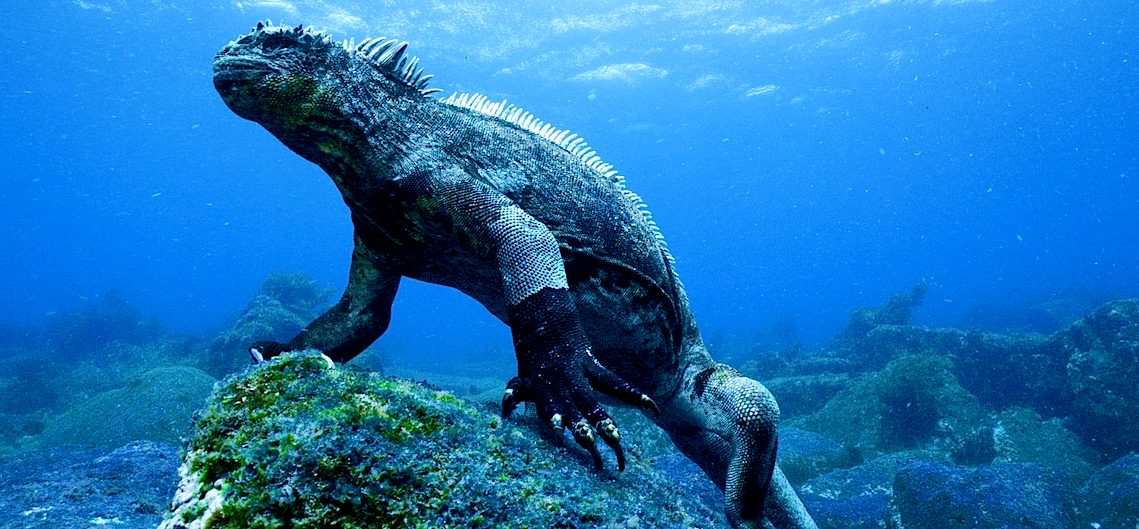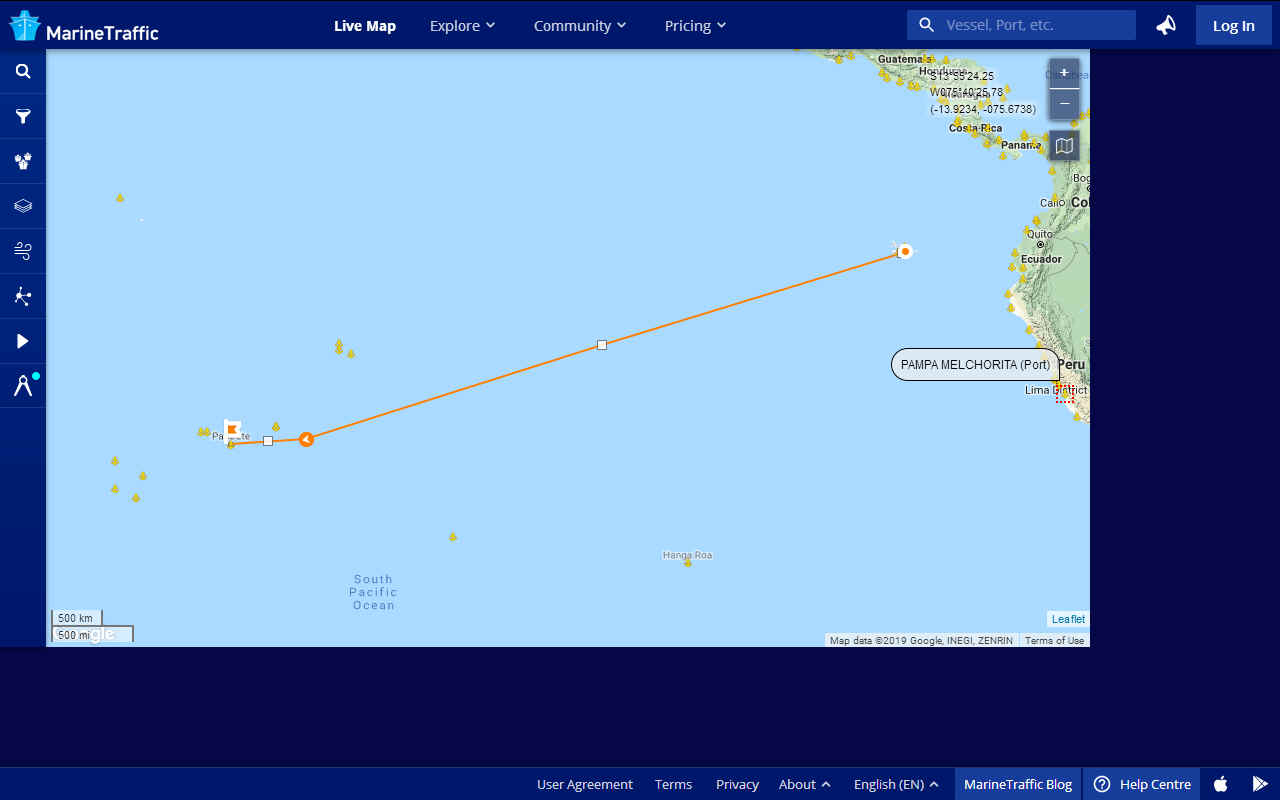|
AROUND THE WORLD IN 80 DAYS
GALAPAGOS ISLANDS - HYDROGEN BUNKERING ROUTE PLANNER
Please use our A-Z INDEX to navigate this site or return HOME
|
||||||||||||||||||||||||||||||||||||||||||||||||||||||||||||||||||||||||||||||||||||||||||||||||||||||||||||||||||||||||||||||||||||||||||||||||||||||||||||||||||||||||||||||||||||||||||||||||||||||||||||||||||||||||||||||||||||||||||||||||||||||||||||||||||||||||||||||||||||||||||||||||||||||||||||||||||||||||||||||||||||||||||||||||||||||||||||||||||||||||||||||||||||||||||||||||||||||||||||||||||||||||||||||||||||||||||||||
|
- |
||||||||||||||||||||||||||||||||||||||||||||||||||||||||||||||||||||||||||||||||||||||||||||||||||||||||||||||||||||||||||||||||||||||||||||||||||||||||||||||||||||||||||||||||||||||||||||||||||||||||||||||||||||||||||||||||||||||||||||||||||||||||||||||||||||||||||||||||||||||||||||||||||||||||||||||||||||||||||||||||||||||||||||||||||||||||||||||||||||||||||||||||||||||||||||||||||||||||||||||||||||||||||||||||||||||||||||||
|
The Galapagos Islands, part of the Republic of Ecuador, are an archipelago of volcanic islands distributed on either side of the equator in the Pacific Ocean surrounding the centre of the Western Hemisphere, 906 km (563 mi) west of continental Ecuador. The islands are known for their large number of endemic species and were studied by Charles Darwin during the second voyage of HMS Beagle. His observations and collections contributed to the inception of Darwin's theory of evolution by means of natural selection.
When specimens of birds were analyzed on his return to
England, it was found that many apparently different kinds of birds were species of finches, which were unique to islands. These facts were crucial in Darwin's development of his theory of natural selection explaining evolution, which was presented in: On the Origin of Species.
In late June 2018, Sierra
Negra, one of five volcanoes on Isabela and one of the most active in the Galapagos archipelago, began erupting for the first time since 2005. Lava flows made their way to the coastline, prompting the evacuation of about fifty nearby residents and restricting tourist access. The Galápagos Islands first appeared on the maps of Gerardus Mercator and Abraham Ortelius, in about 1570. The islands were named "Insulae de los Galopegos" (Islands of the Tortoises) in reference to the giant tortoises found there. Until the early 19th century, the archipelago was often used as a hideout by mostly English pirates who attacked Spanish galleons carrying gold and silver from South America to Spain.
The Galapagos Islands are not hydrogen ready as we write, hence clean fleet operators will have to seek alternative handling facilities to comply with the IMO's 2040 target.
In 1793, James Colnett described the flora and fauna of
Galápagos, and suggested the islands could be used as base for the whalers operating in the Pacific Ocean. He drew the first accurate navigation charts of the islands. Whalers and maritime fur traders killed and captured thousands of the Galápagos tortoises to extract their fat. The tortoises could be kept on board ship as a means of providing of fresh protein, as these animals could survive for several months on board without any food or
water. The hunting of the tortoises was responsible for greatly diminishing, and in some cases eliminating, certain species. Along with whalers came the
fur-seal hunters, who brought the population of this animal close to extinction.
5TH LEG - At a speed of 13 knots the fifth leg of the hydrogen powered zero carbon voyage would take almost twelve days to complete, free of emissions. The demonstration of ZEWT technology in action, could help speed up the transition to non polluting waterborne transport. These projections are only a guide. Many of the ports of call could be bypassed completely to give us a shorter passage.
SOLAR POWERED TRANSIT EXAMPLES - The above table illustrates one of the most likely climate/ocean awareness expedition routes that could be undertaken by the Elizabeth Swan, showing the time elapsed in days for 7 knots average cruising speed, including times for 5 and 6 knot averages - allowing for 10% downtime and 36 days in ports. Hence, although the objective is to reduce the current solar circumnavigation record from 584 days, the event in not an outright non-stop yacht competition in the offshore racing sense.
|
||||||||||||||||||||||||||||||||||||||||||||||||||||||||||||||||||||||||||||||||||||||||||||||||||||||||||||||||||||||||||||||||||||||||||||||||||||||||||||||||||||||||||||||||||||||||||||||||||||||||||||||||||||||||||||||||||||||||||||||||||||||||||||||||||||||||||||||||||||||||||||||||||||||||||||||||||||||||||||||||||||||||||||||||||||||||||||||||||||||||||||||||||||||||||||||||||||||||||||||||||||||||||||||||||||||||||||||
|
A RACE AGAINST THE CLIMATE CLOCK: The climate clock is ticking faster, speeding up global warming. Solar power is a proven means of traversing the oceans, but it is too slow for cargo transport as we write. But introduce hydrogen into the equation and we can manage up to 4000nm on hydrogen tanks alone. Using LH2, it might be possible to circumnavigate the globe on one tank full - and using solar in combination, travel Around The World In 80 days. Without hydrogen bunkering at ports and harbours it is more of a logistical challenge. This is a problem for port authorities and operators all over the globe, a topic for COP26 and similar events - as the world continues to fry on fossil fuels. http://jules-verne.org/ http://jules-verne.org/
Please use our A-Z INDEX to navigate this site
This website is Copyright © 2021 Jameson Hunter Ltd, an equal opportunities company. This website is carbon friendly, using less energy to load on average per page via simplicity & picture optimization. The same may not apply to third party links.
|


